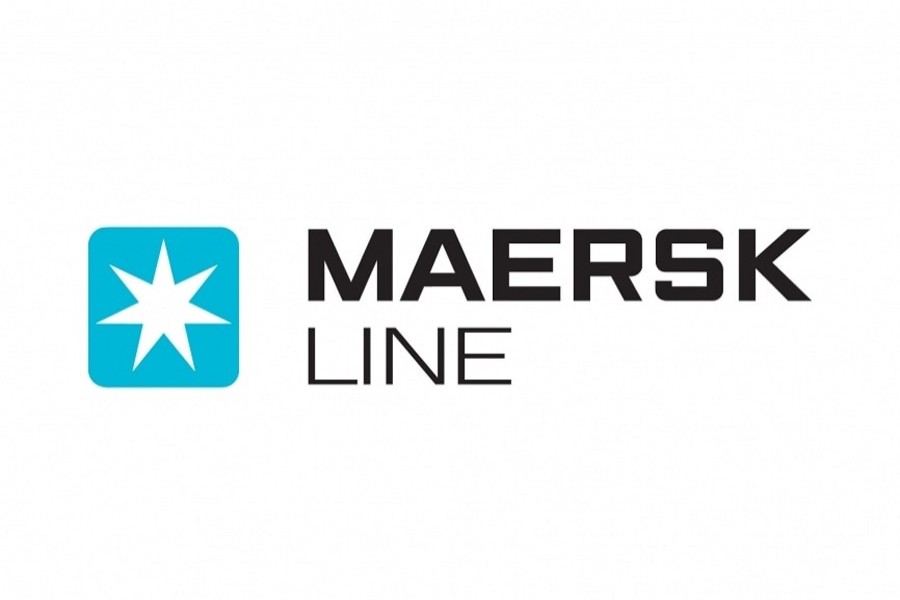Big-name global apparel buyers are lobbying for awarding the operation contract of the newly built Patenga Container Terminal to Denmark-headquartered logistic service-provider AP Møller-Maersk, better known as Maersk Line.
Two of them-Sweden-based H&M and Spain-based Inditex-recently wrote to the ministry of shipping for providing the job to Maersk, as operations at the terminal are set to start soon, preferably in July next.
According to Bangladesh Garment Manufacturers and Exporters Association (BGMEA) ratings, H&M is the largest buyer of Bangladeshi apparel products while Inditex is in second or third position.
Apart from Maersk Line, UAE-based DP World, Saudi Arabia-based Red Sea Gateway Terminal, India's Adani Ports and SEZ Ltd, and local port operators like Saif Powertec are among the contenders who want to operate the terminal off Bangladesh's prime seaport in Chattogram.
Alongside pursuance by the Danish government the Maersk Line authorities have engaged its customers, who are leading pressure group being top apparel buyers, to secure the deal, officials said.
Masarrat Quader, Stakeholder Engagement and Public Affairs Manager at H&M Group, in a recent letter to the shipping secretary made a point that the company is the largest buyer of apparel in Bangladesh and sources products from nearly 200 garment suppliers here.
She expressed concern about "strained maritime infrastructure of Bangladesh" and said, "This impacts the efficiency of the entire export-supply chain and could ultimately make exports less competitive if the issues are left unresolved."
The Chittagong port currently operates at a high level of utilisation and performance that is not sustainable and "that will impact the ability to realise our shared vision for the future of Bangladesh", she wrote.
Ms Quader recommended that the operations of Patenga Container Terminal could be aligned to global standards to unlock its full potential.
She wrote that companies and consumers across the world are increasingly interested in supporting higher environmental, social and governance (ESG) standards across the entire value chain.
As new infrastructure projects in Bangladesh become operational, now is the right time to prepare for the future by considering ESG aspects when commencing operations at the new terminals, she noted.
"We, along with our global logistics partners such as Maersk, will do our best to support your initiatives," added Ms Quader.
Javier Santonja Olcina, regional head stationed in Bangladesh, Inditex, also wrote to the shipping secretary to note that every year the company procures over 1.25 billion euro worth of apparel products from over 170 Bangladeshi garment suppliers.
About Bangladesh's port capacity he also referred to ESG aspects and sought attention to the proposal submitted by the Maersk Group for operating the Patenga trade terminal.
"We have global experience of working with the Maersk Group and consider them to be the ideal operator for this new terminal, not only because of their extensive experience of operating world-class container terminals but also because of their focus on safety and sustainability while providing complete supply-chain solutions," Mr Olcina writes.
"We believe that their appointment as the operator of this new terminal can unlock the greatest value for all stakeholders," he adds.
However, BGMEA vice-president Shahidullah Azim is not in favour of awarding the task to any shipping line.
"If awarded, they will do monopoly business. They are responsible for the present freight-cost hike," he says.
"We don't want to be hostage to any," the leading apparel-industry owner asserts about their stance, emboldened by the recent jacking up of shipping charges.
A Maersk spokesperson said over the last months and years the operator worked hard to support its customers in achieving their goals of reducing their carbon footprints in supply chains.
"They look at us as their long-term partners for achieving their future sustainability goals," he wrote, adding: "In this regard, they also value working with us and their letter to various stakeholders is a testimony to our successful efforts."
The terminal will have an annual handling capacity of 0.5 million TEUs (twenty-foot equivalent units) of containers in its 600-metre-long area which has been constructed at a cost of $240 million.
Vessels up to 10.5-meter-water draft with carrying capacity of 4,500 TEUs will be able to get berthing in the terminal which will be able to accommodate three container vessels and an oil tanker at a time.


